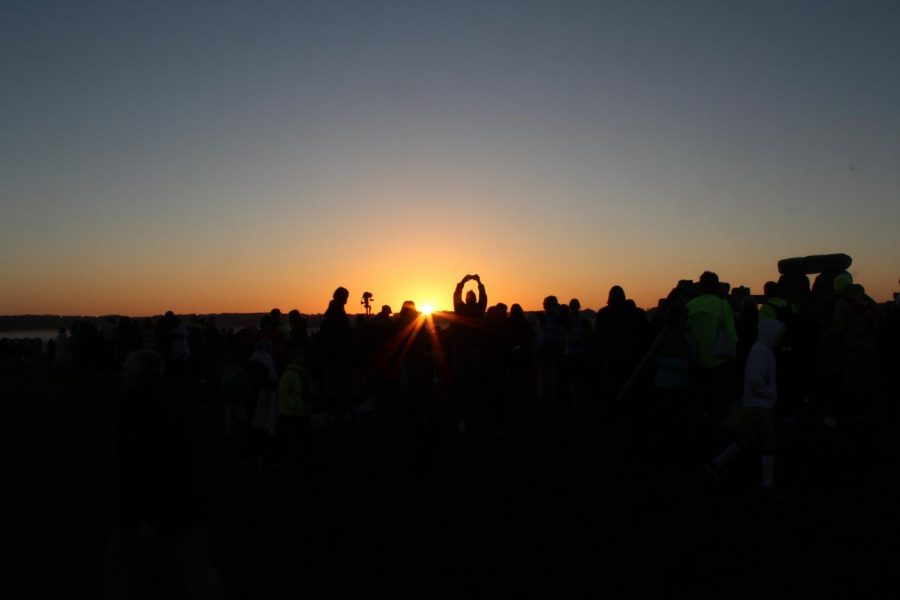Winter vs. Summer Solstice
Photo by Philip Mackie on Unsplash
What is the difference between the winter and summer solstice? Continue reading to find out!
December 21, the Winter Solstice, will be the longest night of the year, but who wants to dwell on the cold, dark period that it implies?
How familiar are you with its counterpart, the Summer Solstice? Sure, you may recognize it as the longest day of the year. You may also know that it is celebrated six months after the Winter Solstice, on June 21.
The Summer Solstice marks the official first day of summer, and since ancient times, has been celebrated for its symbolic importance. This moment in time is when the Sun travels along its northernmost path in the sky, but, the Summer Solstice is only the beginning of summer in the northern hemisphere.
In the southern hemisphere, it’s the exact opposite. The June Solstice marks the start of winter and is when the sun is at its lowest point in the sky. When the people in the southern hemisphere are celebrating Christmas and New Year’s, they aren’t doing it with the hope of snow and cold temperatures for Santa’s visit, but summer temperatures and longer days.
Winter may seem long when the days are short, but the days start getting longer as soon as we pass the Winter Solstice and from there on, we can look forward to the Summer Solstice.
(Fun fact! The word “solstice” comes from the Latin solstium, or “sun stands still”. According to TIME)

A staff writer for the Armijo Signal at Armijo High, Rylyn is responsible for writing two stories every month, as well as the other assignments that Ms.Herring...



